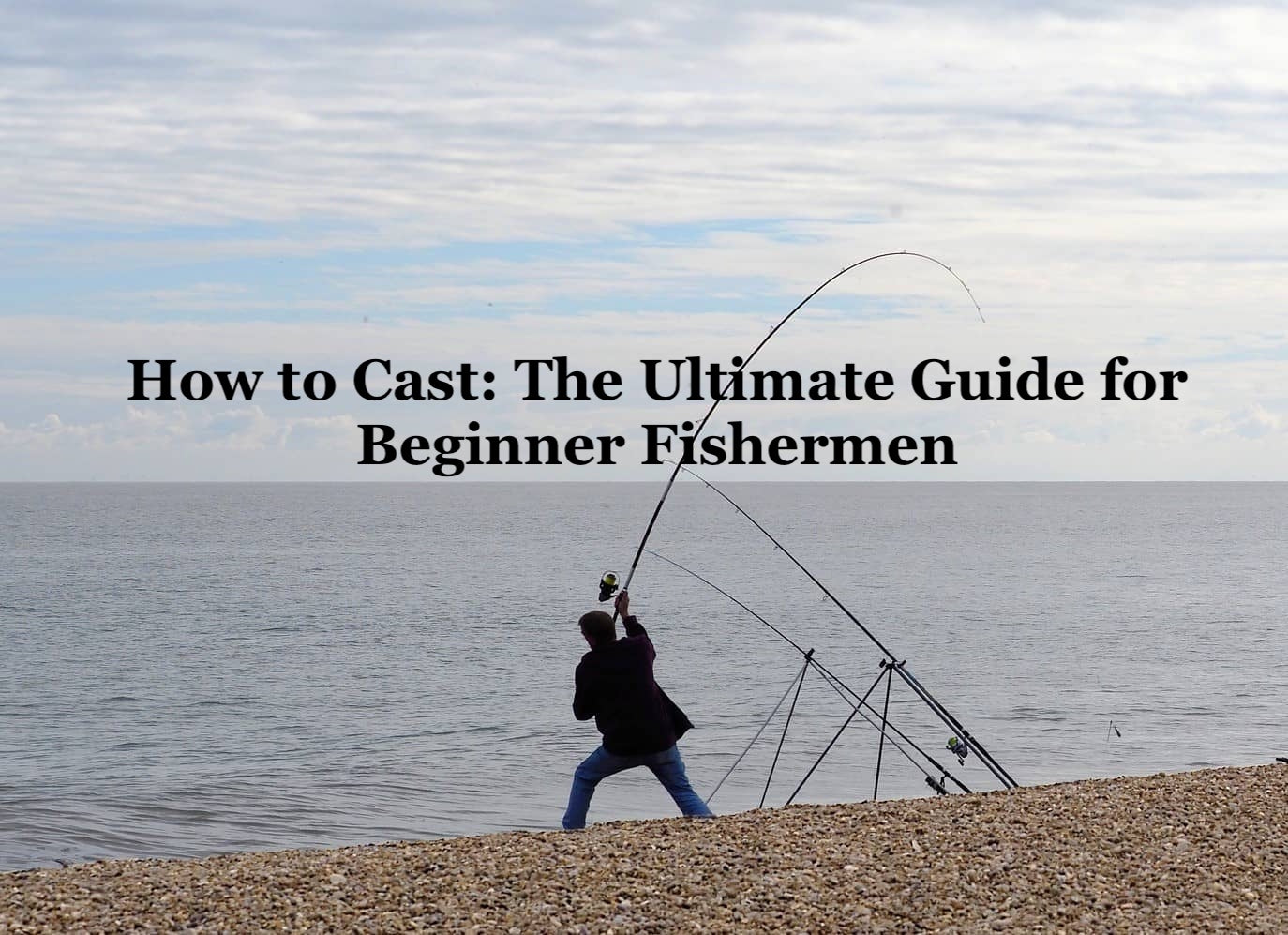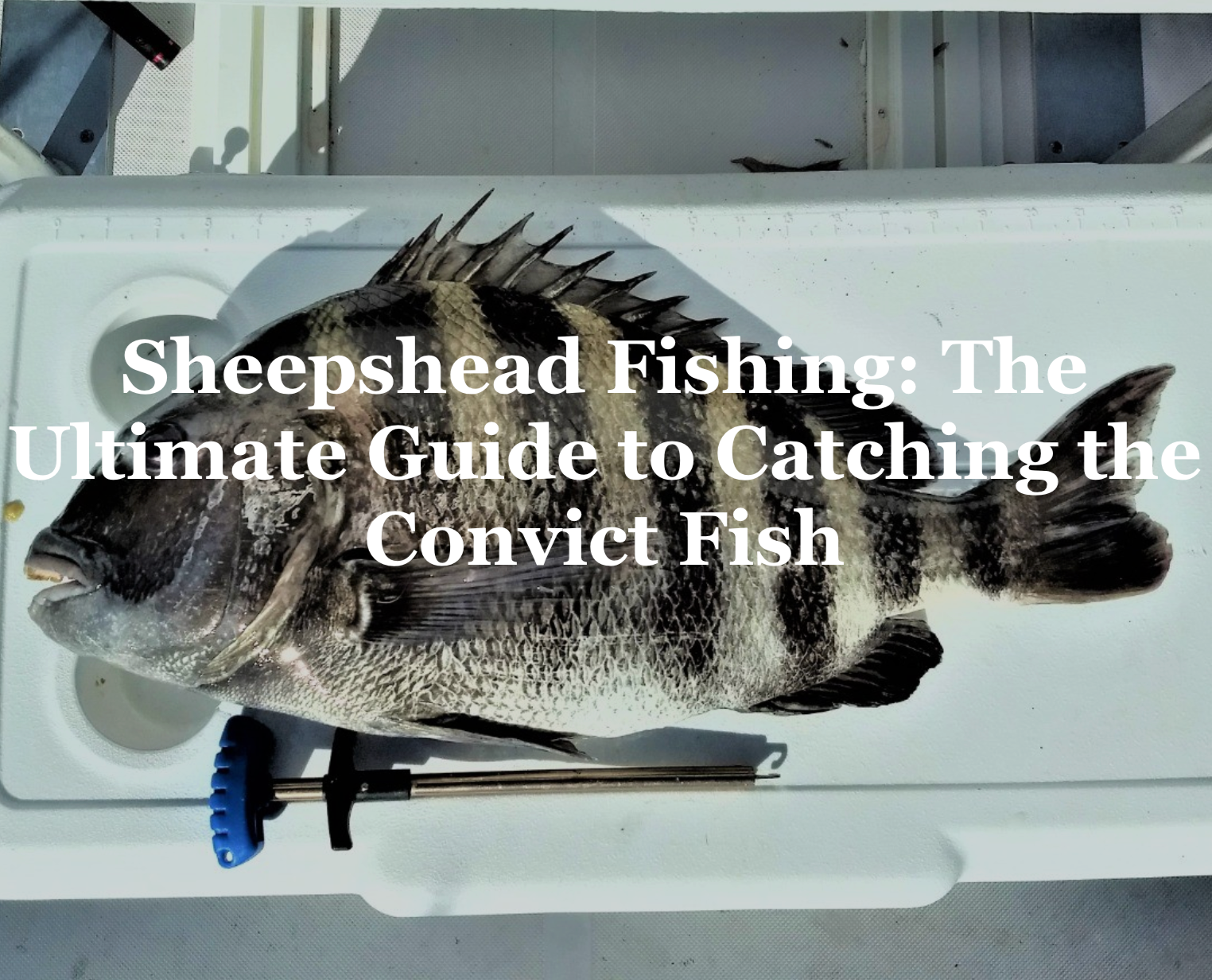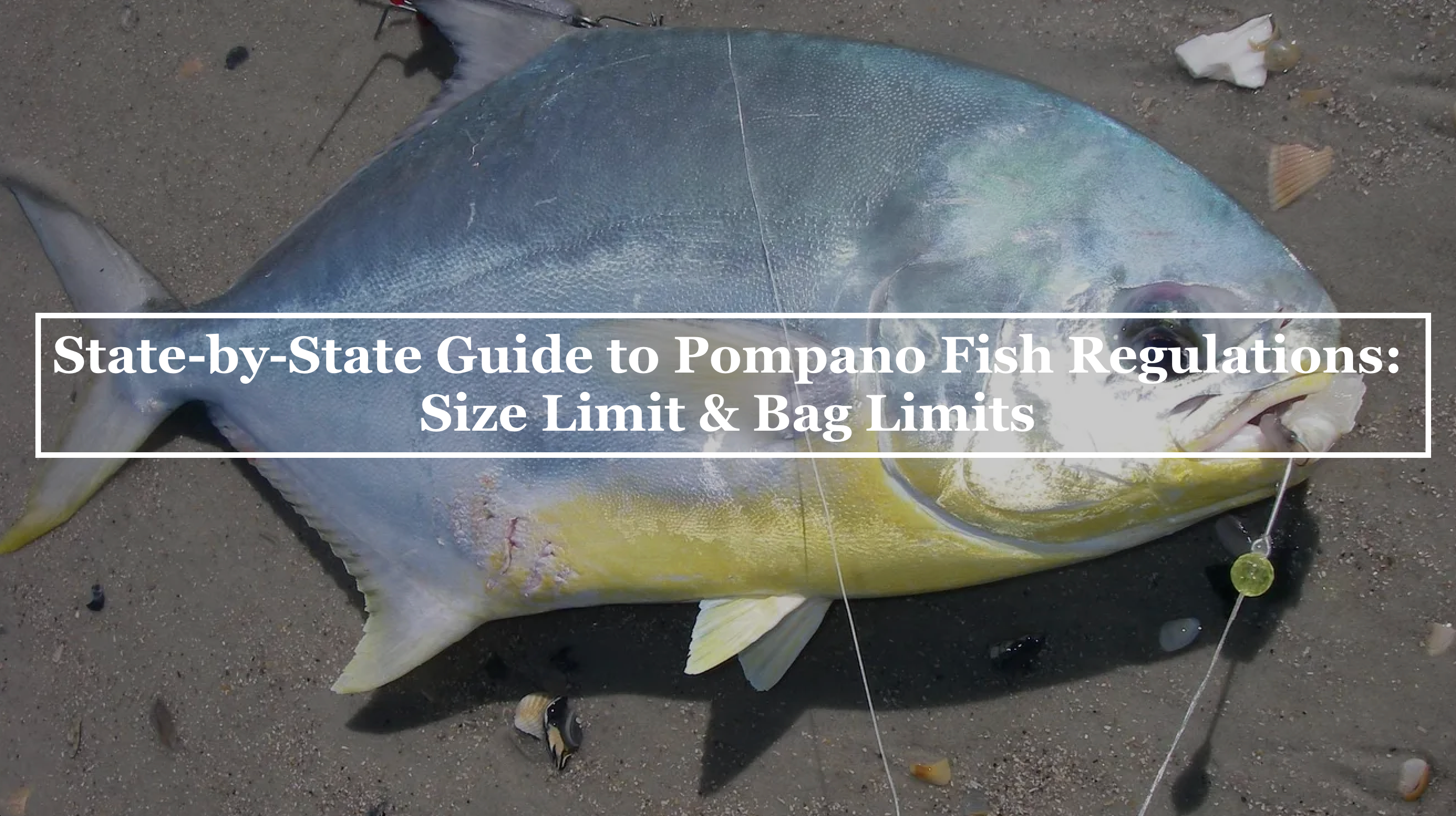Casting a fishing line is the gateway to reeling in your first catch—it’s the skill that starts every angling adventure. For beginners, learning how to cast might feel daunting, but with the right casting techniques and a little practice, you’ll be sending your bait or lure exactly where the fish are hiding. Whether you’re wielding a spinning rod or trying bait casting, this guide breaks down everything you need to know about how to cast as a beginner fisherman. From picking the perfect fishing rod to mastering the overhead cast, we’ve got the fishing tips to boost your casting distance and confidence on the water. Let’s dive in and get you casting like a pro!
Why Learning How to Cast a Fishing Rod Matters

For fishing for beginners, casting is the foundation of success. A good cast places your fishing line where fish are biting—whether that’s near a dock, under a tree, or across a lake. Without solid casting techniques, your bait might end up in the weeds or too close to shore, missing the action entirely. Plus, casting well makes fishing more fun—you’ll spend less time untangling and more time reeling. This guide focuses on beginner-friendly steps to master how to cast, setting you up to enjoy every trip with the right tools and know-how.
Step 1: Choose the Right Fishing Gear

Before you learn how to cast, you need the right equipment. Here’s what to pick:
- Fishing Rod: A spinning rod (6-7 feet, medium action) is ideal for beginners—it’s versatile and easy to handle for most fish like bass or trout.
- Fishing Reel: Pair your rod with a spinning reel. These are user-friendly, with a bail that releases the fishing line smoothly for casting.
- Fishing Line: Start with 6-10 lb monofilament line—it’s affordable, forgiving, and works for most freshwater casting.
For those curious about bait casting, it’s a step up in difficulty—using a baitcasting reel offers precision but requires more practice. Stick with a spinning setup until you’re comfortable with how to cast.
Pro Tip: Visit a local tackle shop to test gear and get advice tailored to your fishing spot.
Step 2: Understand Your Casting Techniques
There are several casting techniques to learn, but beginners should start with the overhead cast—it’s simple and effective. Here’s why it’s perfect for fishing for beginners:
- Ease: Uses natural arm motion, minimizing tangles.
- Distance: Gets decent casting distance with practice.
- Versatility: Works with a spinning rod or bait casting setup.
Other options like the side cast or roll cast come later, but the overhead cast is your go-to for mastering how to cast early on. Focus here first, and you’ll build a strong foundation.
Step 3: Master the Overhead Cast Step-by-Step

Ready to learn how to cast with an overhead cast? Follow these steps:
- Set Up: Hold your fishing rod with your dominant hand, thumb resting on top for control. Reel in the line until your bait or lure hangs 6-12 inches from the tip.
- Position: Stand with feet shoulder-width apart, facing your target (e.g., a spot 20-30 feet away). Point the rod tip at the water.
- Release the Line: On a spinning rod, flip the bail open with your free hand to free the fishing line. For bait casting, press the reel’s thumb bar.
- Cast: Bring the rod back to the 2 o’clock position (behind you), then swing it forward to 10 o’clock. Release the line mid-swing—on a spinning reel, let go with your finger; on a baitcaster, ease off your thumb.
- Follow Through: Let the rod tip guide the line to your target, keeping your motion smooth to maximize casting distance.
Fishing Tip: Practice on land first—aim at a bucket or hula hoop to hone accuracy without snags.
Step 4: Perfect Your Casting Distance
Beginners often struggle with casting distance, but it’s all about timing and technique. Here’s how to send your fishing line farther:
- Smooth Motion: Avoid jerky swings—fluidity builds momentum.
- Line Control: Release the line at the rod’s peak forward motion (around 45 degrees) for maximum range.
- Weight: Heavier lures or sinkers fly farther than ultralight bait—experiment with ¼ oz weights to start.
With a spinning rod, you’ll hit 30-50 feet easily after a few tries. Bait casting can push past 100 feet, but save that for later once you’ve nailed how to cast basics.
Step 5: Avoid Common Casting Mistakes
Even with the best fishing reel and rod, beginners hit snags. Here’s how to dodge pitfalls:
- Bird’s Nests: Tangled line happens if you release too early or late. Practice timing on your overhead cast to keep the fishing line smooth.
- Short Casts: Weak swings cut distance—use your wrist and arm together for power.
- Snags: Casting near trees or rocks risks hang-ups. Start in open water to build confidence.
Patience is key—every tangle teaches you something about how to cast better.
Step 6: Practice Like a Pro
The secret to mastering how to cast? Practice. Set aside 15-30 minutes a few times a week to refine your skills:
- Backyard Drills: Use a casting plug (a rubber weight) instead of a hook to practice safely at home.
- Open Water: Head to a lake or pond with no obstacles—focus on hitting targets like buoys or lily pads.
- Adjust: Tweak your grip or release point based on where your cast lands.
Fishing Tips: Record yourself casting to spot form issues, or ask a friend to watch and critique.
Choosing Between Spinning Rod and Bait Casting

Beginners face a choice: spinning rod or bait casting? Here’s the breakdown:
- Spinning Rod: Easier to learn, less prone to tangles, and great for light lures or live bait. Perfect for fishing for beginners.
- Bait Casting: Offers pinpoint accuracy and longer casting distance, but the learning curve is steeper with the baitcasting reel’s thumb control.
Start with a spinning rod—it’s forgiving and lets you focus on how to cast without extra complexity. Graduate to bait casting once you’re hooking fish consistently.
Top Fishing Tips for Casting Success
Boost your casting techniques with these beginner-friendly fishing tips:
- Start Small: Cast short distances (10-20 feet) to build control before aiming far.
- Check Wind: Cast with the wind at your back for extra distance—against it, and you’ll fight resistance.
- Stay Relaxed: Tension kills smooth casts—keep your grip light and your mind calm.
These tricks turn how to cast from a challenge into second nature.
Why Casting Makes Fishing Fun
Learning how to cast isn’t just about catching fish—it’s about enjoying the process. A perfect cast feels like a win, landing your lure exactly where you aimed. It opens up new spots to explore, from deep water to tight corners, and builds the skills every fisherman needs. With your fishing rod, fishing reel, and a solid overhead cast, you’re ready to tackle any water. So grab your gear, hit the shore, and start casting—your first fish is waiting!






Share:
How to Set the Hook: The Ultimate Beginner’s Guide to Landing Fish